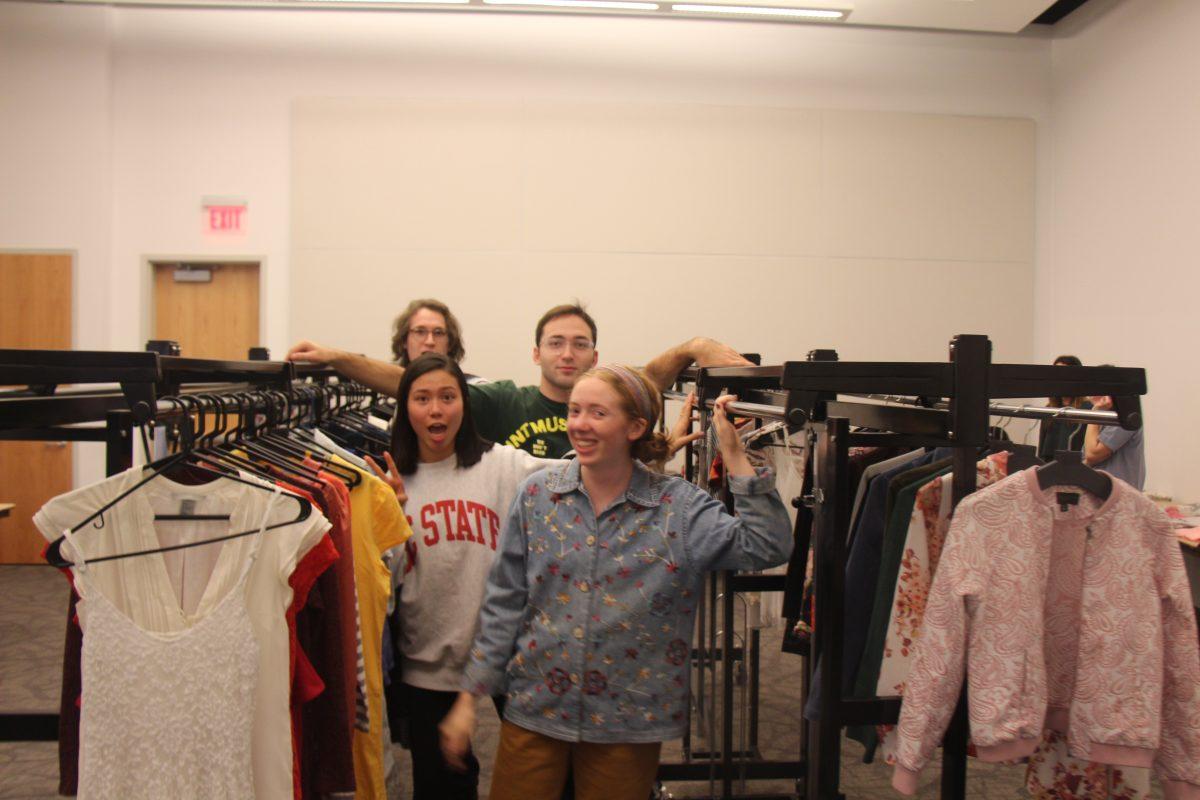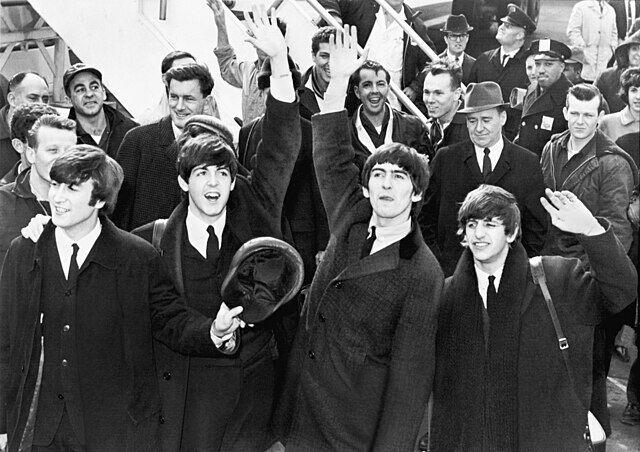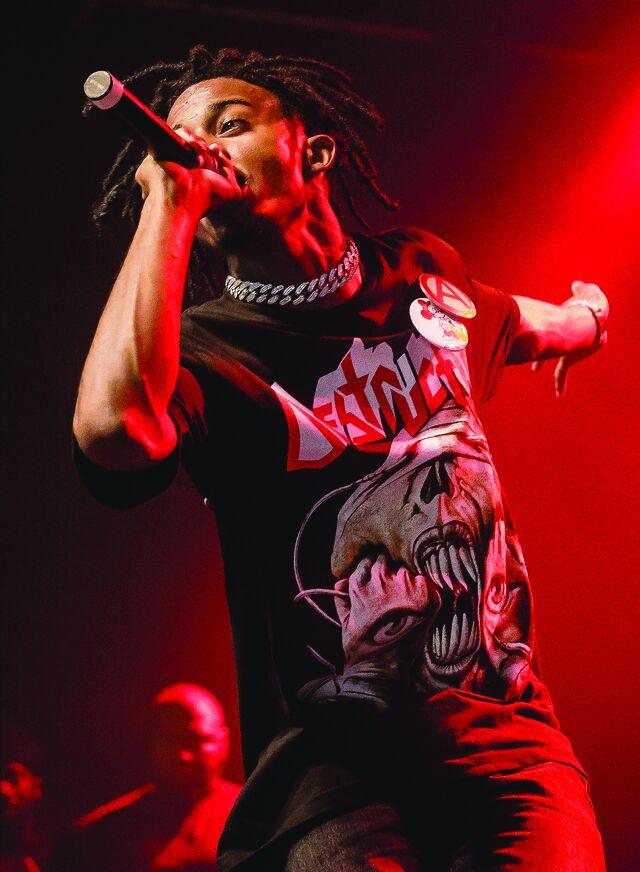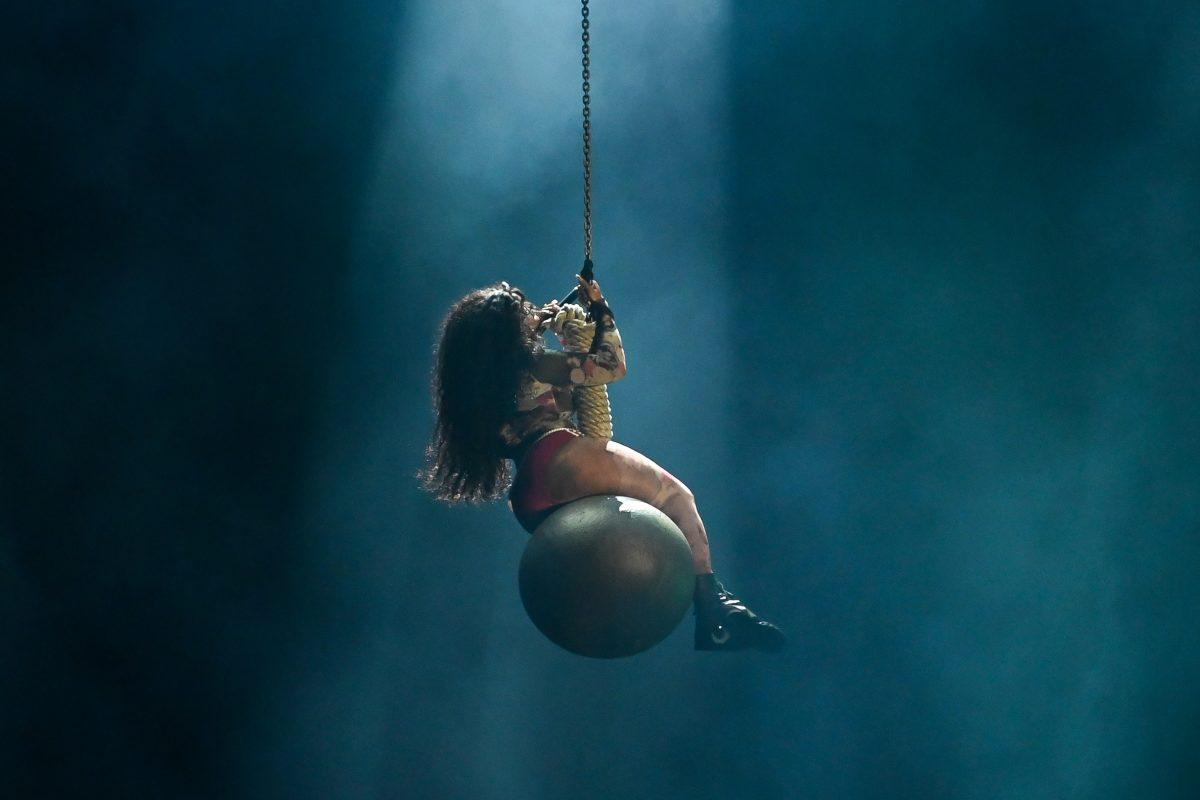There’s a new streaming service in town, and the competition is fierce.
Disney has been a household name since its initial conception in the 1920s, but its latest venture into streaming, Disney+, has proven to be wildly successful. The streaming service launched in November 2019, with a smaller catalog of Disney classics and childhood TV shows.
The streaming service’s original content, such as “The Mandalorian” and, more recently, “WandaVision,” has been particularly popular as well.
According to Josie Torres Barth, an assistant teaching professor of film studies in the Department of English, these shows have employed the strategic use of Easter eggs and franchise references to dominate social media and keep audiences coming back for more.
“It’s something that we’ve also seen as a pretty big trend in television recently and really the past 10 or 15 years as well,” Barth said. “The idea here is that it really rewards people for their continued attention, their continued watching. That’s also something that really encourages people to participate in different elements of the sphere of the cultural product, right? Like if you’re really familiar with the Marvel Cinematic Universe or the Star Wars universe, then you get this sort of moment of excitement when you recognize a reference to some other kind of cultural product or text in something like ‘The Mandalorian.’”
Barth also cites the increased interest in science fiction and comic fandoms in pop culture.
“It’s also a place that we see the sort of mainstreaming of fan practices,” Barth said. “It’s the kind of thing that would have been in a smaller segment of the population, like the comic fandom or science fiction fandom, that is really about recognizing these references.”
Disney+ is unique because a lot of its original content is released in weekly installments, a testament to prior television practices and a very different strategy compared to Netflix’s all-at-once releases.
Barth said this idea of experiencing something over a long period of time stems from Victorian England, with Charles Dickens’ stories published serially over a period of time in magazines.
“I think that one advantage of that style of storytelling is that it really gives us as viewers an opportunity to sort of think and grow and change and experience a story over a longer period of time,” Barth said. “In shows that go on for years and seasons, we can kind of develop lasting relationships with the show and its characters in a way that requires those kinds of gaps in between different elements of the story. There are certain kinds of stories that you can tell better. If you have gaps in between the installments, things like cliffhangers or things like a surprise at the end of an episode or a season, it doesn’t necessarily have the same kind of emotional punch, if you can just fast forward to, or skip to the next episode.”
Of course, Disney+’s success hinges not only on the release of new content but also on how new content is marketed.
Tom Byrnes, a senior lecturer in marketing in the Poole College of Management, said Disney’s marketing efforts focus on its branding and exposure.
“Disney as a brand has such wide appeal, and this is cross-generational,” Byrnes said. “I would tend to think that anything that Disney did would have people just interested in following it because it’s such a charismatic brand. Just putting the Disney name on it, that is going to carry an awful lot of weight. I will tell you that Disney is one of the — if not the — largest licenser of all of their intellectual assets. So it gets exposure way beyond just the normal Disney venue, so many people, so many organizations and sub-brands.”
According to Byrnes, marketing efforts for shows premiering on streaming services often boast celebrity features and influencer promotions as a way to build an audience.
“The way that I find out about shows on Netflix and Amazon Prime and Hulu and on and on is by reading about them in the newspaper,” Byrnes said. “They feature that they brought in some significant celebrities or maybe the top pick is really of significant interest to me… Word of mouth really goes an awful long way as well. Also influencers and recommenders… making sure that the influencers and recommenders that have the high following base advocate for those different shows, whereas, on a normal network show, I think it just gets hype as it continues to build.”
Despite a saturation of streaming services in the past couple of years, Disney+ has set itself apart compared to more well-known competitors Netflix and Hulu.
With the final episode of “WandaVision” having premiered at the beginning of March and with Disney+ gearing up to release “The Falcon and the Winter Soldier” in the upcoming week and “Loki” this June, it is sure to be a worthy contender in the streaming industry this year.



















